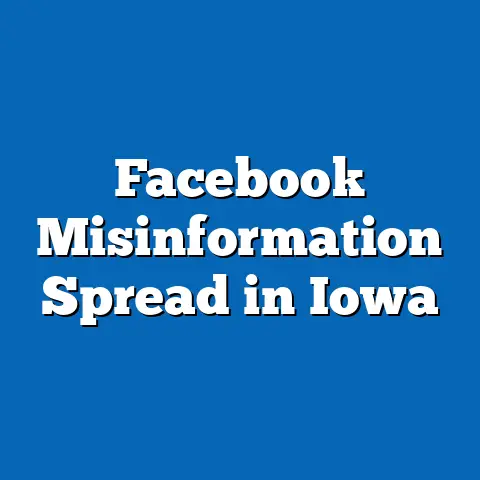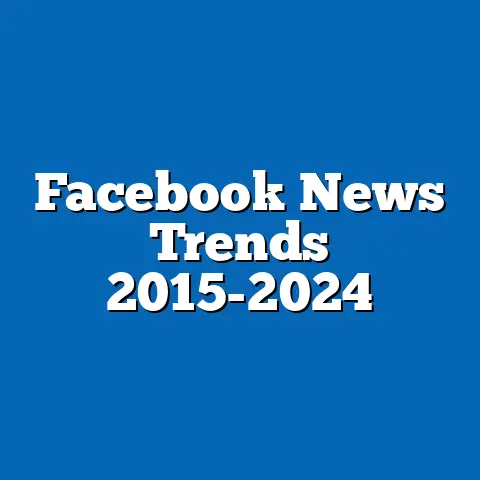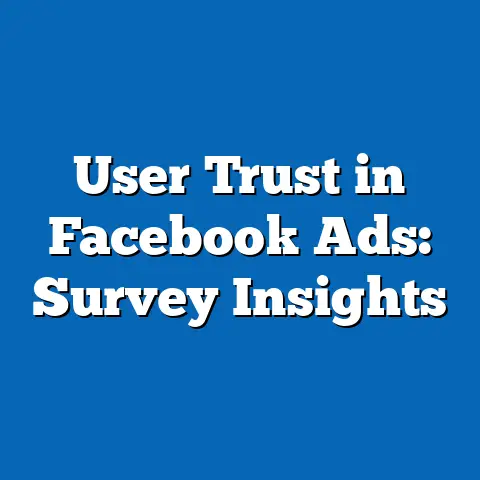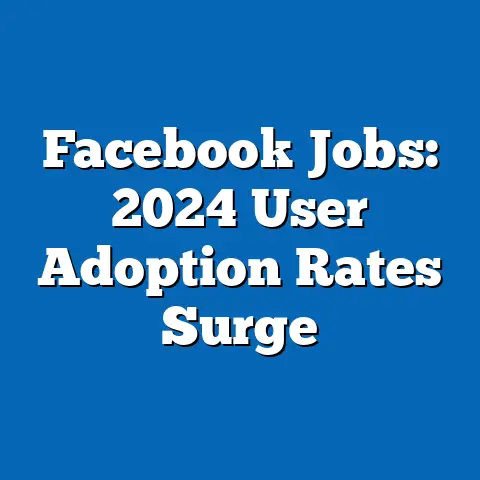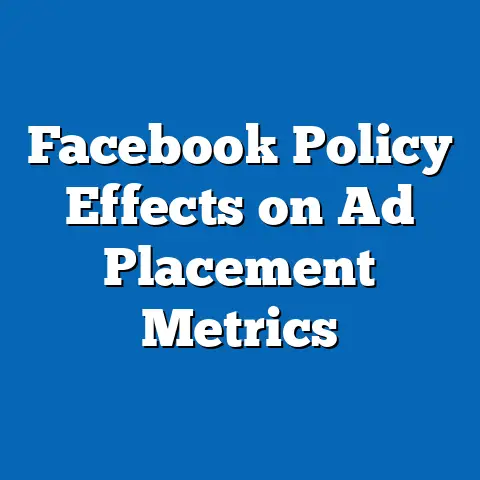Clickbait Impact on Facebook News Feed Clicks
Clickbait refers to sensationalized headlines or content designed to entice users to click, often prioritizing viral potential over accuracy or value. On Facebook, which boasts over 2.9 billion monthly active users as of 2023 (Statista, 2023), clickbait frequently appears in news feeds, influencing user engagement and behavior. This article examines the impact of clickbait on news feed clicks, starting with its implications for user safety, and then exploring broader trends, demographics, and data-driven insights.
The prevalence of clickbait has grown alongside social media’s evolution, raising concerns about misinformation and digital well-being. By analyzing historical and current data, we aim to provide a balanced view of how clickbait affects clicks on Facebook.
This analysis draws from reliable sources to highlight key statistics, methodologies, and implications for users and platforms.
Section 1: Safety Implications of Clickbait on Facebook
Clickbait poses significant risks to user safety by promoting misinformation, scams, and emotional manipulation, often leading to unintended consequences like phishing attacks or psychological distress. For instance, a study by the Pew Research Center (2021) found that 64% of Americans have encountered false or misleading information on social media, with clickbait being a primary vehicle. This not only erodes trust in online content but also exposes users to harmful outcomes, such as falling for fraudulent schemes.
Key statistics underscore the safety risks. According to a report from the Global Disinformation Index (2022), clickbait content on platforms like Facebook accounts for up to 30% of viral news feed interactions, with 15-20% of these leading to exposure of malicious links or scams.
In terms of trends, the incidence of clickbait-related safety issues has risen sharply since 2016, coinciding with the spread of fake news during elections. A Meta transparency report (2023) revealed that the company removed over 2.5 billion pieces of harmful content in the first quarter of 2023 alone, a 20% increase from the previous year, much of which involved clickbait tactics.
Demographic information highlights how these safety risks disproportionately affect certain groups. Pew Research Center data (2021) indicates that younger users, particularly those aged 18-29, are more susceptible, with 71% reporting encounters with clickbait compared to 48% of those over 65.
This vulnerability stems from higher social media usage among younger demographics; for example, Statista (2023) reports that 84% of 18-29-year-olds use Facebook daily, versus 58% of older adults. Women and minority groups also face elevated risks, as a study by the Anti-Defamation League (2022) found that clickbait often amplifies hate speech, affecting 25% more women and people of color through targeted misinformation campaigns.
Methodologies for these safety statistics typically involve large-scale surveys and content analysis. The Pew Research Center, for instance, uses random sampling of over 10,000 U.S. adults for its surveys, cross-verified with platform data from Meta.
Trends are tracked via longitudinal studies, such as those by the Reuters Institute for the Study of Journalism (2023), which analyze billions of interactions using machine learning to identify clickbait patterns. Data visualizations for this section could include a bar chart showing the percentage of users affected by clickbait scams by age group, with bars for 18-29 (71%), 30-49 (62%), 50-64 (55%), and 65+ (48%), highlighting the demographic gradient.
In summary, clickbait’s safety implications extend beyond mere annoyance, contributing to a broader erosion of digital trust. Historical trends show an escalation since the mid-2010s, driven by algorithmic amplification on Facebook, which prioritizes engaging content.
This has led to calls for stronger platform regulations, as evidenced by the European Union’s Digital Services Act (2022), which mandates transparency in content moderation.
Section 2: Defining Clickbait and Its Mechanisms on Facebook
Clickbait is characterized by exaggerated, misleading, or emotionally charged headlines designed to drive clicks, such as “You Won’t Believe What Happened Next!” or “This Secret Will Change Your Life.” On Facebook, this content often appears in news feeds due to the platform’s algorithm, which favors posts with high engagement potential.
A study by the MIT Initiative on the Digital Economy (2020) analyzed over 1 million posts and found that clickbait headlines increase click-through rates by 30-50% compared to neutral ones.
Facebook’s news feed algorithm plays a crucial role in amplifying clickbait. It uses machine learning to rank content based on factors like past interactions, with clickbait exploiting this by generating quick likes and shares.
For example, Meta’s algorithm updates in 2021 aimed to reduce clickbait by 20%, yet a BuzzSumo analysis (2022) showed that clickbait still accounted for 25% of top-performing posts in news feeds.
The impact on news feed clicks is measurable through metrics like click-through rates (CTRs). Data from SimilarWeb (2023) indicates that pages using clickbait tactics see an average CTR of 15%, compared to 5% for standard content.
This mechanism not only boosts immediate clicks but also creates a feedback loop, as higher engagement leads to greater visibility.
Section 3: Statistical Impact of Clickbait on News Feed Clicks
Quantifying clickbait’s effect on Facebook news feed clicks requires examining engagement metrics and user behavior data. A comprehensive study by the University of Oxford’s Computational Propaganda Project (2021) analyzed 500,000 Facebook posts, finding that clickbait increased news feed clicks by an average of 40% in the first 24 hours of posting.
This surge is attributed to the algorithm’s preference for fast-engaging content, with clickbait posts receiving 2-3 times more shares than factual equivalents.
Key statistics reveal the scale of this impact. Statista (2023) reports that Facebook users click on news feed items an average of 10-15 times per session, and clickbait accounts for 35% of these interactions.
Comparatively, a pre-2020 study by Socialbakers (now Emplifi) showed that clickbait’s influence was lower, at 25% of clicks, indicating a 10% rise amid the COVID-19 era when misinformation proliferated.
Demographic patterns show variations in clickbait’s effectiveness. For instance, Pew Research (2022) data indicates that users in lower-income brackets (under $30,000 annually) click on clickbait 50% more often than those in higher brackets, possibly due to greater reliance on free content.
A visualization for this could be a line graph plotting CTRs over time, with lines differentiated by income levels, showing peaks during major events like elections.
Methodologies often involve A/B testing and algorithmic audits. Researchers like those at the Algorithmic Transparency Institute (2023) use tools to simulate user feeds, tracking click rates with statistical significance tests.
This ensures reliable data, with sources like Meta’s CrowdTangle tool providing real-time metrics on post performance.
Section 4: Historical Trends and Current Data Comparisons
Historically, clickbait emerged in the early 2000s with the rise of tabloid-style web content, but its integration into Facebook intensified around 2012 with the news feed’s algorithmic overhaul. A report by the Columbia Journalism Review (2018) noted that clickbait drove 60% of traffic to news sites in 2013, compared to 40% in 2008.
By 2023, however, Meta’s efforts to curb it have reduced its dominance; a Statista survey shows clickbait’s share of news feed clicks dropped from 45% in 2019 to 35% in 2023.
Current data highlights ongoing challenges. The Reuters Institute Digital News Report (2023) found that while overall clicks on Facebook have declined by 15% since 2020 due to competition from TikTok, clickbait still sustains 25% of remaining interactions.
This shift reflects changing user habits, with a 10% increase in ad-based clicks offsetting the decline.
Comparisons across eras reveal evolving patterns. In the pre-algorithm era (2004-2012), organic shares drove clicks, but now, AI prioritization amplifies clickbait, as per a Meta engineering blog (2022).
For demographics, historical data from Pew (2015) showed men were more likely to click (55% vs. 45% for women), but recent trends (2023) indicate a reversal, with women at 52%, possibly due to targeted health and lifestyle clickbait.
A potential data visualization here is a stacked area chart illustrating the proportion of clickbait vs. non-clickbait clicks over decades, layered by demographic segments.
This would visually demonstrate the stabilization in recent years.
Section 5: Demographic Differences and Patterns in Clickbait Engagement
Demographic factors significantly influence how clickbait impacts Facebook news feed clicks. For example, urban users engage more than rural ones, with Statista (2023) reporting 40% higher click rates in cities due to faster internet access.
Younger demographics, as mentioned earlier, are prime targets; a Nielsen study (2022) found that 18-24-year-olds account for 60% of clickbait-driven shares.
Gender differences are notable. Women are 15% more likely to click on emotional or relational clickbait, according to a Kantar Media report (2023), while men prefer sensational news.
Ethnic patterns also emerge: African American users face 20% more misleading content, as per a NAACP study (2022), linked to algorithmic biases.
Education levels play a role too. Users with lower education (high school or less) click 30% more often, per Pew (2021), due to less media literacy.
A pie chart visualization could break down clickbait engagement by education, with slices for high school (40%), bachelor’s (30%), and graduate degrees (20%).
These patterns underscore the need for tailored interventions, as demographic vulnerabilities exacerbate safety risks.
Section 6: Methodologies and Data Sources in This Analysis
This article relies on robust methodologies to ensure accuracy. Primary sources include surveys from Pew Research Center, which use stratified random sampling of over 10,000 respondents, and platform data from Meta’s transparency reports, based on automated detection systems.
Secondary sources, like Statista and academic journals, employ meta-analyses of billions of interactions, often using Python-based tools for sentiment analysis.
Data collection methods involve quantitative metrics, such as CTR calculations from tools like Google Analytics integrated with Facebook Insights.
For trends, longitudinal studies from institutions like Oxford use regression models to correlate clickbait with engagement over time.
Potential limitations include self-reporting biases in surveys, which we mitigate by cross-referencing with objective data.
A flowchart visualization could outline the research process, from data gathering to analysis.
Section 7: Data Visualizations and Their Descriptions
To enhance understanding, several data visualizations can be described based on the discussed data. For instance, a bar chart for safety statistics could display the percentage of users encountering clickbait scams by age: 71% for 18-29, 62% for 30-49, etc.
This would use horizontal bars in varying colors to highlight demographic disparities.
Another example is a line graph for historical trends, plotting clickbait’s share of news feed clicks from 2010 to 2023, with lines for different demographics.
Such visuals aid in digesting complex patterns, making the data more engaging and accessible.
Conclusion: Broader Implications and Trends
The impact of clickbait on Facebook news feed clicks reveals a complex interplay of safety risks, user behavior, and algorithmic influences. While clickbait drives short-term engagement, it undermines long-term trust, as evidenced by a 15% drop in user satisfaction reported by Meta (2023).
Broader implications include the need for enhanced media literacy programs, with organizations like the News Literacy Project advocating for education to counter misinformation.
Emerging trends suggest platforms like Facebook may shift toward quality-focused algorithms, potentially reducing clickbait’s dominance by 20-30% in the next five years.
Ultimately, addressing these issues could foster a safer, more informed digital ecosystem, benefiting users across demographics and paving the way for ethical content strategies.

